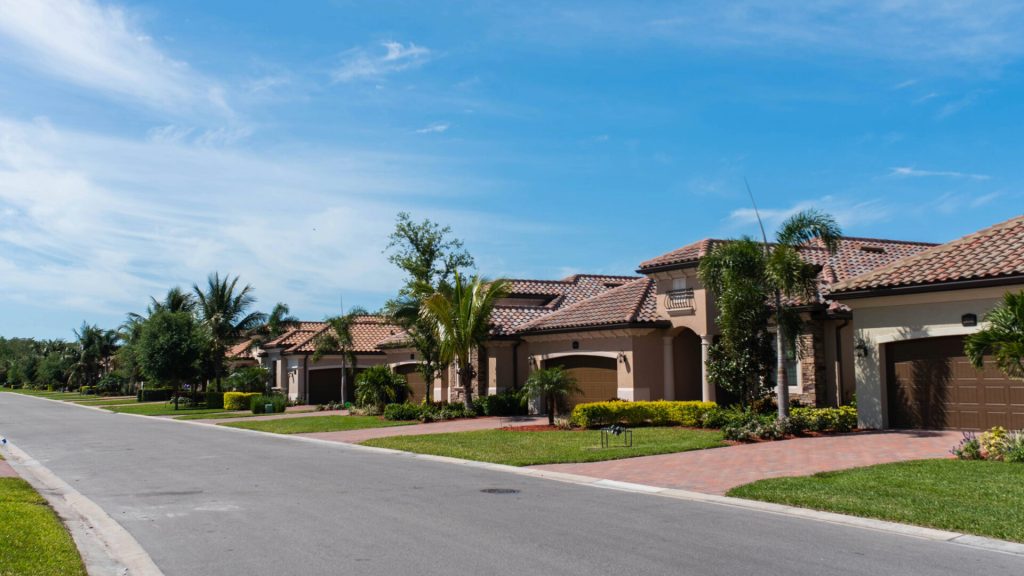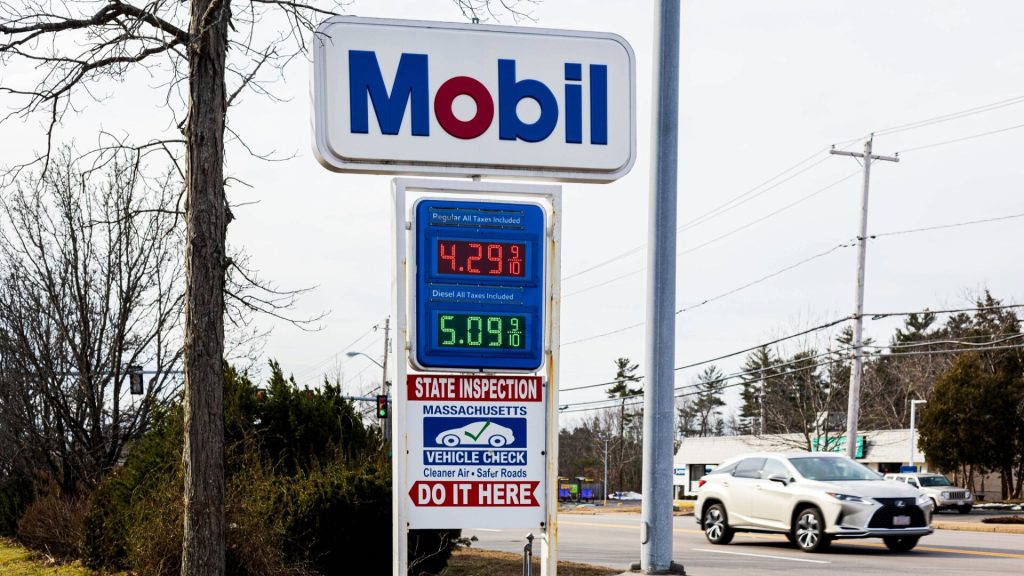The beginning of 2024 symbolized more than just renewal and new aspirations. For seniors reliant on social security, it marked the arrival of the anticipated cost-of-living adjustment (COLA). This adjustment saw social security recipients receive a 3.2% increase in their income compared to 2023. But very few are happy about it.
Retirees Can’t Make Ends Meet Anymore
According to public interest law firm Atticus, a survey determined that a whopping 62% of seniors are not happy with the COLA increase and think it is not enough to cover the rising costs. And they are onto something. Even with careful budgeting, the gap between expenses and income is widening.

Savings are depleting rapidly, and some retirees are being forced to return to work. The golden years, expected to be a time of comfort and leisure, are now rife with financial challenges for many seniors. But why is retirement so expensive nowadays? Well, there is the big 5 to consider.
Healthcare Is Wealth
Healthcare costs in retirement can be surprisingly high and might strain the finances of those relying mainly on Social Security. In 2023, it was estimated that an individual retiring at 65 would need around $157,500 for healthcare throughout retirement. For a retired couple, this amount doubles to about $315,000.

These rising healthcare costs in retirement can significantly outstrip Social Security benefits, emphasizing the need for proactive saving and planning. Without adequate preparation, these expenses can consume a large part of a retiree’s budget, potentially causing financial strain.
A Forever Home
Housing is a major expense for retirees. Despite 80% owning their homes, factors like maintenance and repairs, property taxes, and mortgage payments contribute to their overall housing costs. It may shock you to know that one-third of Americans over 62 are still struggling to afford housing.

For those considering Continuing Care Retirement Communities (CCRCs), expenses are higher, with upfront fees ranging from $200,000 to $500,000, plus monthly fee. Given that the average Social Security benefit was $20,469 in 2023, these housing costs can be quite significant.
Rising Costs of Food
Everybody needs to eat! And food and grocery costs are a notable part of a retiree’s budget. In 2023, it was found that retiree households spend an average of $6,490 annually, or about $541 per month, on food. This includes both groceries for home consumption and dining out. This is a bit less than the average U.S. household, which spends $691 per month.

However, there has been a 6.46% increase in food expenses for retiree households compared to previous years. This can mostly be attributed to the higher food prices worldwide. Retirees are having to be more cautious than ever to meet the balance between nutritious food and a seemingly shrinking budget.
Retirement Transportation Costs
While retirees may no longer need daily transport to work, transportation costs still make up a significant part of their budgets. Vehicle maintenance, insurance, fuel, and public transportation are not only continued costs, but prices of most of them are going up. In 2023, the average retiree household spent about $597 monthly, on transportation, marking a 6.93% increase from 2022

With around 80% of seniors over 65 live in car-dependent areas transport cost management is becoming increasingly important. To help reduce transportation costs, compare car insurance rates and consider useful alternatives like ride-sharing options.
The Fun Stuff
Retirees love to spend their time on fun things like hobbies, movies, grandkids, or vacations to exotic locations. For many, it’s be best part of retirement. On average, retirees spend about $2,889 a year on entertainment, which is around 8% of what they spend every month.

But for retirees, leisure costs can quickly spiral out of control. With more free time, expenses on hobbies, travel, and entertainment can rack up rapidly. For those without a strict budget, these enjoyable activities can consume a significant portion of retirement savings. This can potentially lead to financial strain in the later stages of retirement.
The Cost Of Climate Change
Outside the big 5 retiree spend items, there is a new layer to be considered in retirement planning: climate change. Retirees now have to think about how rising temperatures and extreme weather can affect their costs. For example, prices for essentials like home insurance for natural disasters, electricity, gas, and food are increasingly being affected by climate change.

This means retirees might have to spend more to keep their houses warm or cool and to put meals on the table. Then there are severe weather events that can damage property, leading to unexpected costs. So, planning for retirement now means preparing for these changing conditions and possibly higher expenses caused by climate change.
Making Social Security Work For You
To make the most of your Social Security, good planning is key. Start by creating a budget that takes care of the important things like your health, home, and food. Then remember to be careful about how much you spend on extra stuff, like travel and fun.

You could also consider living in a smaller place or in a cheaper area to save some money. If you can, consider working a little bit, even part-time. This will help you add to your income. You’ll also want to keep up with any news about Social Security. Doing all this will help you use your Social Security money better and enjoy a more comfortable retirement.






